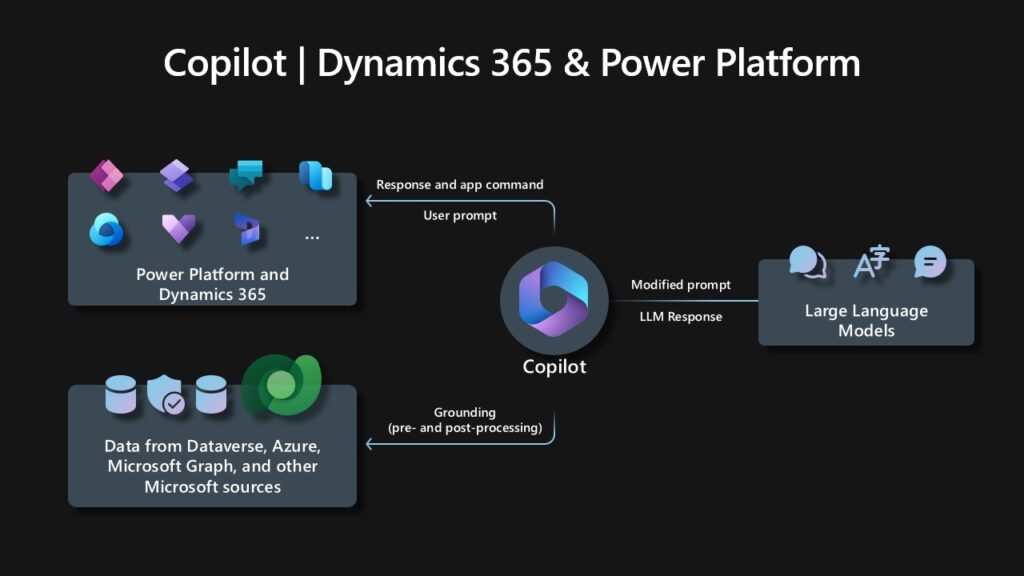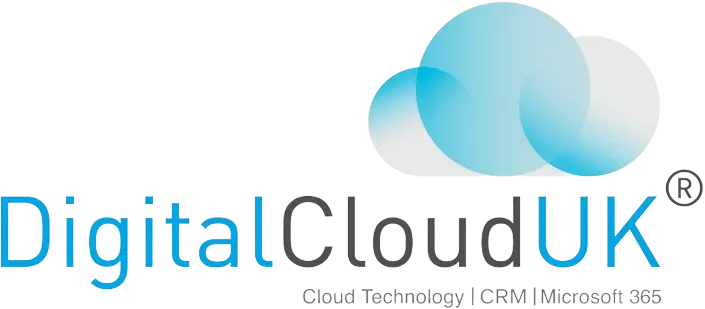Over the past few months, the world has been captivated by generative AI and applications like the new chat experience in Bing, which can generate original text responses from a simple prompt written in natural language. With the introduction of generative AI across Microsoft business applications—including Microsoft Dynamics 365, Viva Sales, and Power Platform—interactions with AI across business roles and processes will become second nature. With Copilot, Microsoft Dynamics 365 and Power Platform introduce a new way to generate ideas and content drafts, and methods to access and organise information across the business.
Before your business starts using Copilot capabilities in Dynamics 365 and Power Platform, you may have questions about how it works, how it keeps your business data secure, and other important considerations. The answers to common questions below should help your organisation get started.
What’s the difference between ChatGPT and Copilot?
ChatGPT is a general-purpose large language model (LLM) trained by OpenAI on a massive dataset of text, designed to engage in human-like conversations and answer a wide range of questions on various topics. Copilot also uses an LLM; however, the enterprise-ready AI technology is prompted and optimised for your business processes, your business data, and your security and privacy requirements. For Dynamics 365 and Microsoft Power Platform users, Copilot suggests optional actions and content recommendations in context with the task at hand. A few ways Copilot for natural language generation is unique:
- The AI-generated responses are uniquely contextual and relevant to the task at hand informed by your business data—whether responding to an email from within Dynamics 365, deploying a low-code application that automates a specific manual process, or creating a targeted list of customer segments from your customer relationship management (CRM) system.
- Copilot uses both an LLM, like GPT, and your organisation’s business data to produce more accurate, relevant, and personalised results. In short, your business data stays within your tenancy and is used to improve context only for your scenario, and the LLM itself does not learn from your usage. More on how the system works is below.
How does Copilot in Dynamics 365 and Power Platform work?
With Copilot, Dynamics 365 and Power Platform harness the power of foundation models coupled with proprietary Microsoft technologies applied to your business data:
- Search (using Bing and Microsoft Azure Cognitive Search): Brings domain-specific context to a Copilot prompt, enabling a response to integrate information from content like manuals, documents, or other data within the organisation’s tenant. Currently, Microsoft Power Virtual Agent and Dynamics 365 Customer Service use this retrieval-augmented generation approach as pre-processing to calling an LLM.
- Microsoft applications like Dynamics 365, Viva Sales, and Microsoft Power Platform and the business data stored in Microsoft Dataverse.
- Microsoft Graph: Microsoft Graph API brings additional context from customer signals into the prompt, such as information from emails, chats, documents, meetings, and more.

Copilot requests an input prompt from a business user in an app, like Microsoft Dynamics 365 Sales or Microsoft Power Apps. Copilot then preprocesses the prompt through an approach called grounding, which improves the specificity of the prompt, so you get answers that are relevant and actionable to your specific task.
It does this, in part, by making a call to Microsoft Graph and Dataverse and accessing the enterprise data that you consent and grant permissions to use for the retrieval of your business content and context.
We also scope the grounding to documents and data which are visible to the authenticated user through role-based access controls. For instance, an intranet question about benefits would only return an answer based on documents relevant to the employee’s role.

